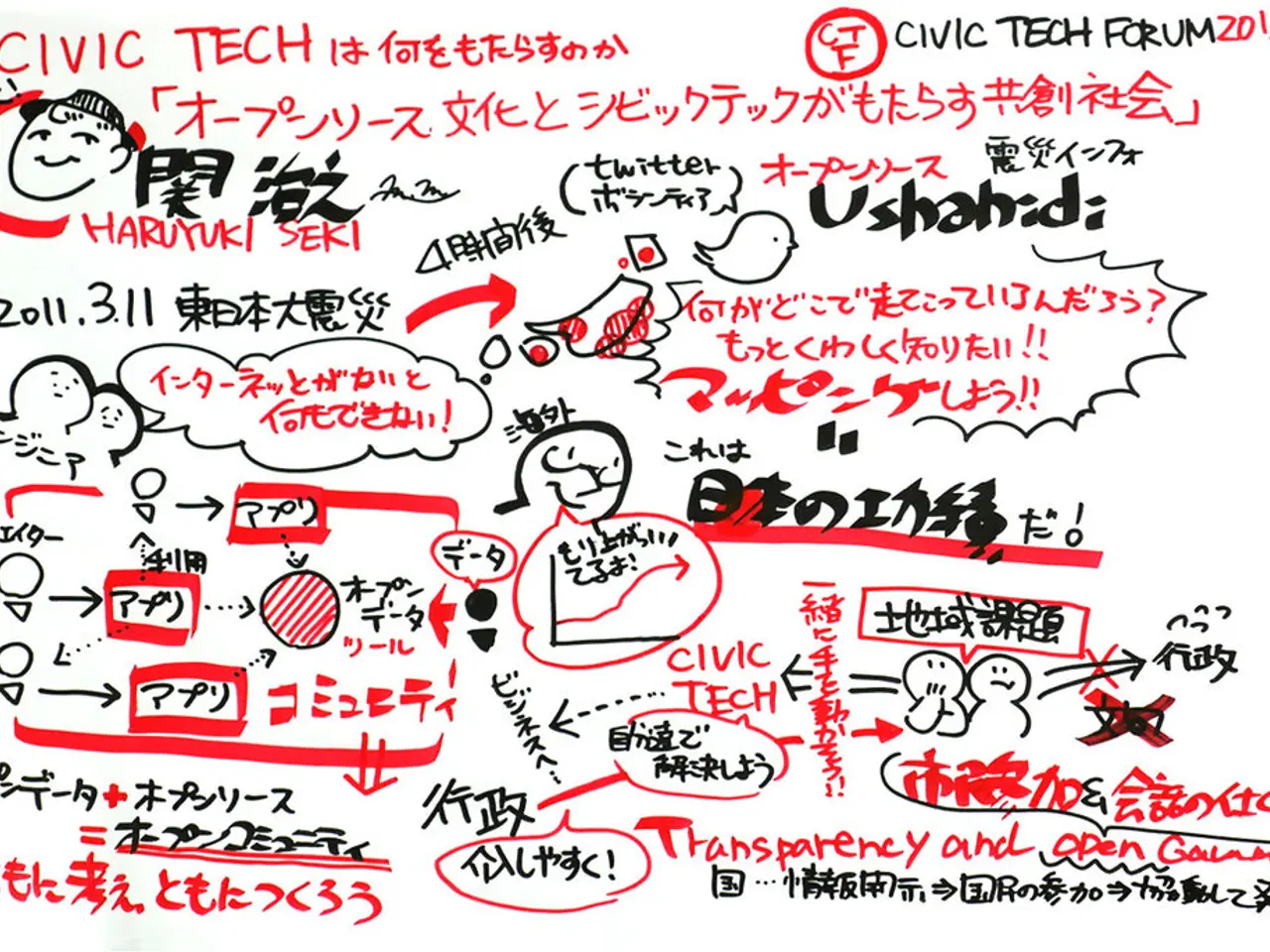Ethical Challenges in AI Art: Balancing Ethics, Copyright Issues, and Security in the Realm of Engineered Imagery
=====================================================
As AI technology continues to revolutionize various industries, one area that has been significantly impacted is art. The ability of AI models to generate art has raised a myriad of ethical concerns, primarily surrounding copyright ownership and fair use.
AI-generated art, while fascinating, poses a risk of being exploited for malicious purposes, such as generating harmful or offensive content. To address these issues, clear legal frameworks are needed to address copyright ownership, attribution, and fair use in the context of AI-generated art.
One of the key issues is whether AI-generated works should be eligible for copyright protection, given the absence or limitation of human creativity involved. The question of ownership rights over AI-generated art is also unsettled, with many questioning whether the human user, the AI developer, or neither should hold these rights.
Another concern is the use of copyrighted material to train AI without artists’ consent. This practice raises legal and moral questions around whether such use constitutes infringement or acceptable fair use, especially since the AI-generated content can closely resemble or imitate original human-created art.
The use of AI art has sparked debates in cultural institutions regarding how to classify, preserve, and exhibit AI-generated works, which differ from traditional artworks due to their digital and algorithmic nature. The broader ethical conversation reflects anxieties about the definition of creativity, the unique role of the human artist, and how AI might impact livelihoods in creative fields.
To mitigate these risks, robust content moderation strategies and ethical guidelines for AI development are necessary. Open dialogue and collaboration between artists, developers, policymakers, and the public are crucial for navigating the ethical, legal, and societal implications of AI art.
Efforts should be made to identify and mitigate biases in training datasets, promoting diversity and inclusion in AI-generated imagery. By embracing ethical principles and fostering a culture of responsible AI development, we can harness the transformative power of this technology while safeguarding the rights and interests of all stakeholders.
The ease of AI-generated images raises questions about their commercial use and fair compensation for all parties involved. It's up to us to ensure that the future of art, written in algorithms, is a future where creativity flourishes, ethical considerations are paramount, and the benefits of this transformative technology are shared by all.
For further reading on this topic, The Verge, Ars Technica, and the World Economic Forum are valuable sources.
[1] B. Crawford, "Artificial Intelligence and the Future of Artistic Expression," Harvard Law Review, vol. 132, no. 6, 2019. [2] J. C. Lin, "AI and the Future of Art," Stanford Law Review, vol. 71, no. 6, 2019. [3] L. A. W. Purifoy, "The Ethics of AI in the Arts," Journal of Aesthetics and Art Criticism, vol. 78, no. 4, 2020. [4] J. T. Mitchell, "Artificial Intelligence and the Future of Cultural Heritage," Journal of the American Academy of Arts & Sciences, vol. 273, no. 1, 2020.
- Developers of AI technology must consider ethical implications as they continue to revolutionize industries, such as art, and address concerns over copyright ownership, attribution, and fair use in AI-generated art, particularly when using copyrighted material for training.
- The future of AI art requires robust content moderation strategies, clear legal frameworks, and collaborative conversation between artists, developers, policymakers, and the public to ensure ethical considerations are paramount and the benefits of this transformative technology are shared by all.
- Efforts should be made to identify and mitigate potential biases in AI-generated art, promoting diversity and inclusion in imagery, and fostering a culture of responsible AI development to harness its transformative power while safeguarding the rights and interests of all stakeholders.




